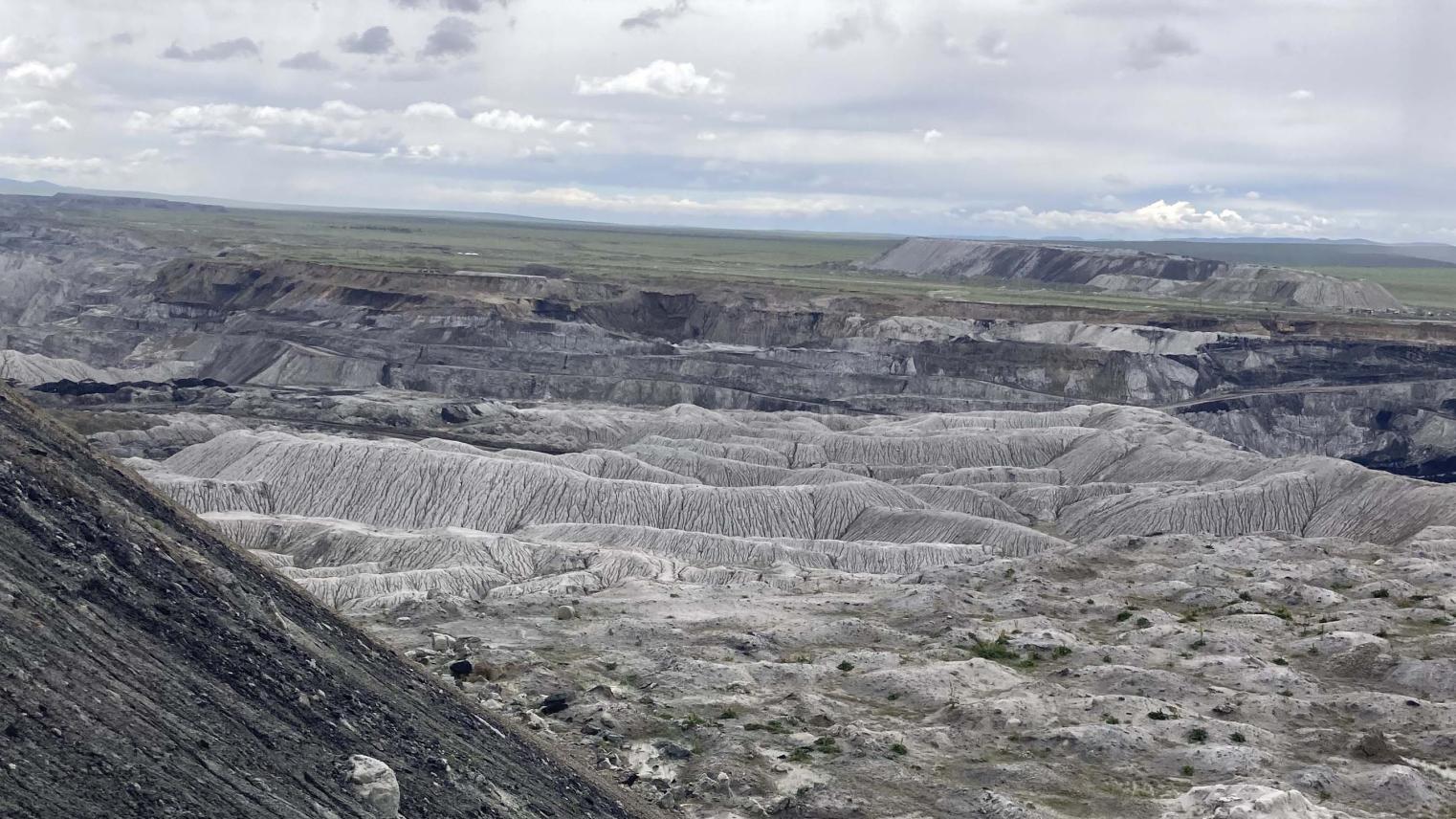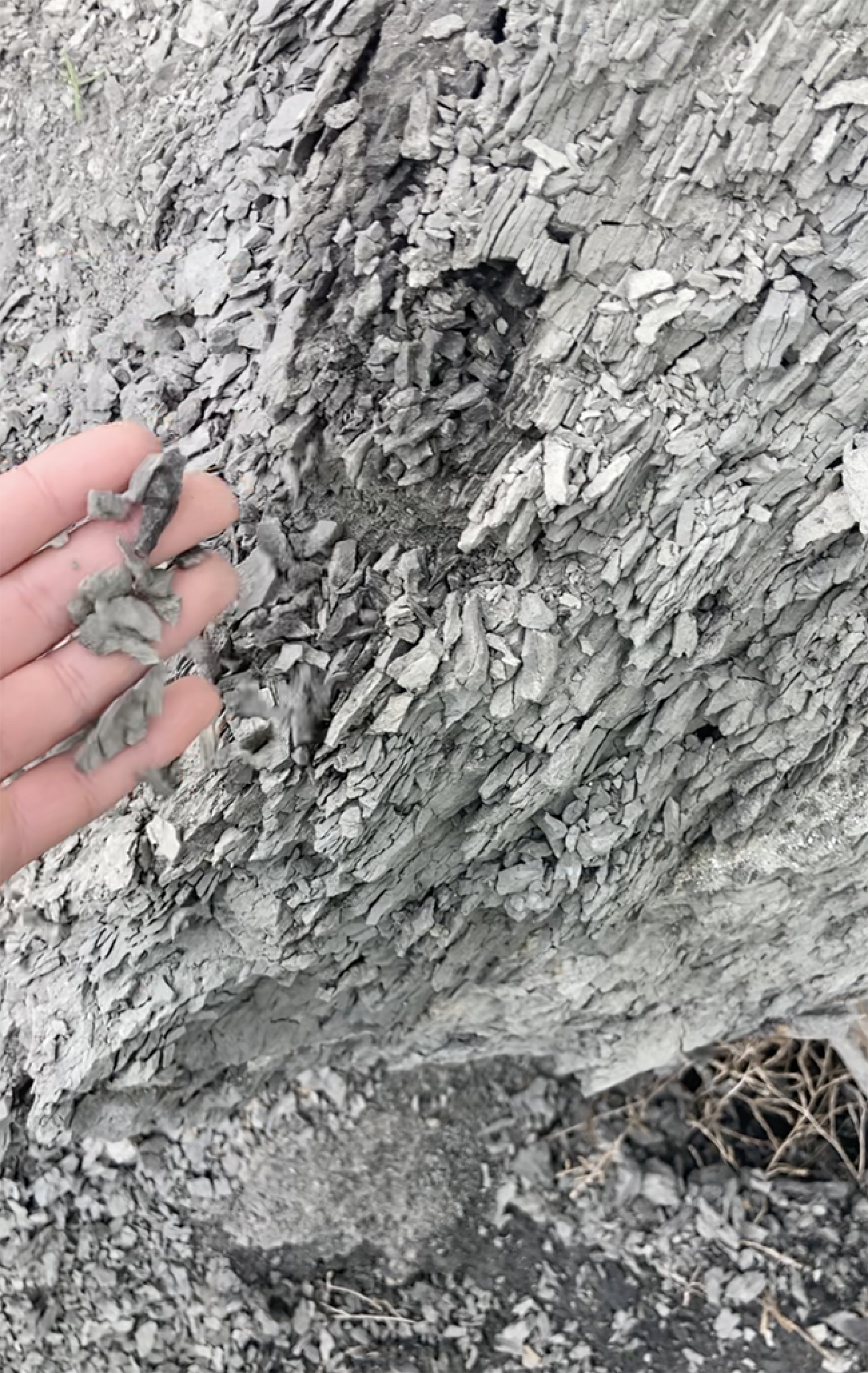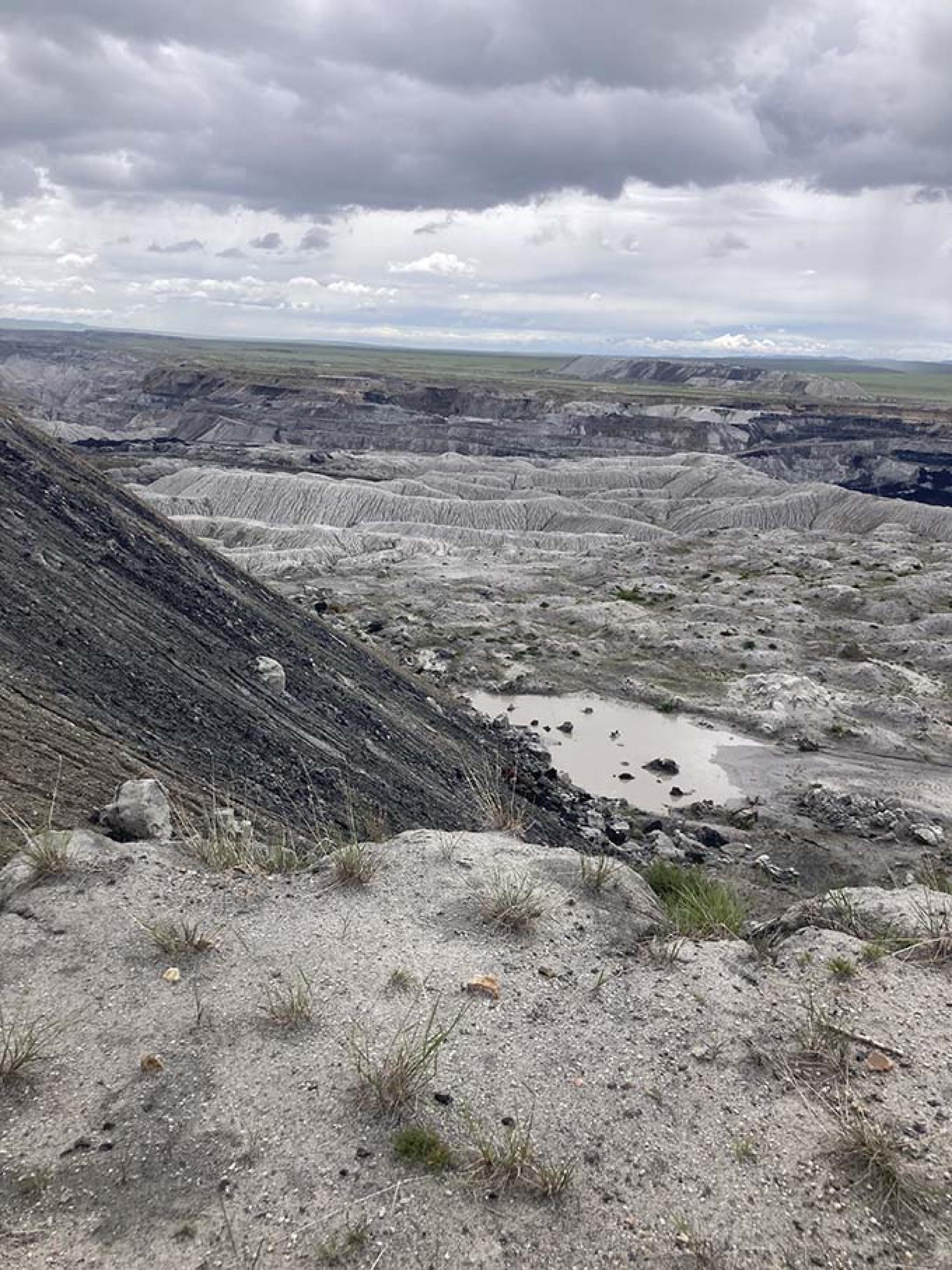The Baganuur Mine, Mongolia

By Emilie Barrelle,Student within the Modern Mongolia in-country course, 2024
The Baganuur mine is the largest contributor of coal energy to Mongolia, providing over 4 million tonnes of coal to the Ulaanbaatar Power Plants and 70% of the central region with their coal energy. When I was researching online, I could find little information on the Baganuur Mine in English. So, during our visit to the mine, I collected brochures and observed artifacts and pictures in the small museum at the mine’s headquarters. Below are the summarised findings from the visit.
Name: Baganuur Joint Stock Company (JSC)
Established: 1978
Area: 12km in length, 4-5km in width
Owned: 75% Erdenes Mongolia LLC; 21.06% Mongolian Coal Corporation; 3.95% Other
Employees: 1123 people (2022)
Annual Capacity: 4.0 million tonnes (2022) Reserve: 778.0 million tonnes (2022) Calorific
Value of Coal: 3360 kcal/kg (2022)
History and Productivity
In 1990, Mongolia exported 500,000 tonnes of coal for the international market and consumed 6.6 million tonnes of coal domestically. However, following the withdrawal of funding and technical support after the collapse of the USSR, the domestic demand for coal decreased, and the productivity of the mine decreased. Only 5,000 tonnes of coal were exported between 1993 and 2003. To address the situation, the Baganuur Coal Mine Development Project was established in 1997. This project, funded by the World Bank and the Japan International Cooperation Agency, aimed to increase the mine’s annual production from 3 million to 4 million tonnes of coal.
In 2022, the mine's coal production reached 4.4 million tonnes, compared to 4.3 million tonnes in 2021, and 4.0 tonnes in 2020. The Baganuur Mine provides 60% of Mongolia’s total coal energy, and almost three quarters of the coal energy for the central region. The coal is used in the Ulaanbaatar power plants 2, 3 and 4. Now, all the mining machinery and stocks are Mongolian owned.

The cost of coal production has steadily increased since 2018. Each year, the mine deepens by 3-5 metres creating increased soil strippage, ground water seepage, and increased transportation distances. Additionally, equipment cost per unit of product continues to increase each year because of equipment obsolescence, inflation, and foreign exchange rates.
Once we entered the mine site, we travelled approximately 10 minutes into the middle of the operations. I distinctly recall gazing out of the window and seeing the immense craters formed by open-cut mining, alongside the towering heaps of tailings reaching about 30 meters high encircling the craters. We had the chance to walk around, and upon touching the tailings, the stripped uneconomical rock disintegrated into dust between my fingers. It became obvious to me, at that point, how deep the mines are, and the magnitude of machinery required to extract the tonnes of rock.

Occupational Health and Safety:
When we visited the mine, we wore hard hats, high visibility vests and signed a contract which exemplified the mines focus on occupational health and safety. In the annual 2022 report, the mine actively eliminated all 376 reported risks, and 98% of the 147 violations found in routine inspections. They claim that the risk of occupational health and safety has decreased by 0.5% in comparison to 2021, and there has been no industrial accidents since 2018.
I could also see the focus on nutrition and wellbeing of the miners when we ate lunch in the cafeteria. There were printouts on each table of a food pyramid, and information about nutrition and calories. Baganuur JSC outlines how there has been an increase of a 5% choice in healthy foods in the cafeteria, and 31.4% of miners regularly train with sport teams at the Miner Sport Complex. The Baganuur miners won 93 medals at the Miner’s Sports Festival. The tight community was evident in the banter that I could see throughout our tour.
Environmental Conservation:
In 1999, the Baganuur mine became the first Mongolian mine to begin rehabilitation. There is constant monitoring and implementation of the Environmental Management Plan by an independent body. In 2022, the plan was 90% implemented (the lowest since 2018). What I found interesting when visiting the mine site, was the rows of trees that had been planted along the side of the road to minimise dust, and water seepage onto the road. We viewed a rehabilitated mine, and it was clear that the huge crater had been filled partially in, and a few sparse grasses were beginning to grow again.

In 2022, the NO2, SO2 and radiation were in the standard range. However, the dust pollution within both the mine, and the district were outside of the standard range. Increased dust control and irrigation is needed. The annual report also mentioned ground water monitoring and water pollution into the Khujir river and the Bagagun Lake, however, it did not mention the levels of pollution found in the water. So greater transparency is needed on water pollution. Additionally, the calorific value of coal has decreased since 2021, from 3,543 kcal/kg to 3,507 kcal/kg. This calorific value is also below the international standard range of ~5,000-8,000 kcal/kg. High calory coal is more efficient and environmentally friendly because it produces less carbon emissions.
Social Responsibility:
I was surprised by the abundance of advertisements promoting the positive aspects of mining for both families and the society, which I saw throughout my time in Mongolia. The Baganuur mine (and Rio Tinto’s new Oyu Tolgoi mine situated in the South Gobi) were portrayed very differently compared to how mining is typically presented in Australia. Baganuur JSC appears to be committed to the community with numerous aid initiatives and projects. For instance, they donated 500 aid packages to pastoralists in the Baganuur district in 2022. They also donate coal to families in the district who are in need and subsidise coal for other families. Baganuur JSC runs many blood donation campaigns and has free medical examinations for the miners, and sources all their uniforms from local female manufactures. The mine has also joined the “a million trees” national initiative and will establish a nursery in 2022 which will help the facilitation of planting 300,000 trees (grown from saplings) by 2030. Additionally, there have been no cases of destruction of cultural heritage, and or relocation of people (2018).
Final Remarks:
I was surprised by the social responsibility and the contributions which Baganuur mine makes to the wider community. The environmental sustainability of the mine is acceptable. The major environmental concern of the Baganuur mine is the pollution which comes from the burning of the low calorific coal in Ulaanbaatar. During my trip, I enjoyed beautiful summer days but heard echoes of the thick smog that arrives as households burn the coal produced by the Baganuur mine during winter, making Ulaanbaatar one of the most polluted cities in the world.
All research is from the Baganuur Mine Museum and the 2018, 2020 and 2022 annual reports found on the Baganuur JSC website.